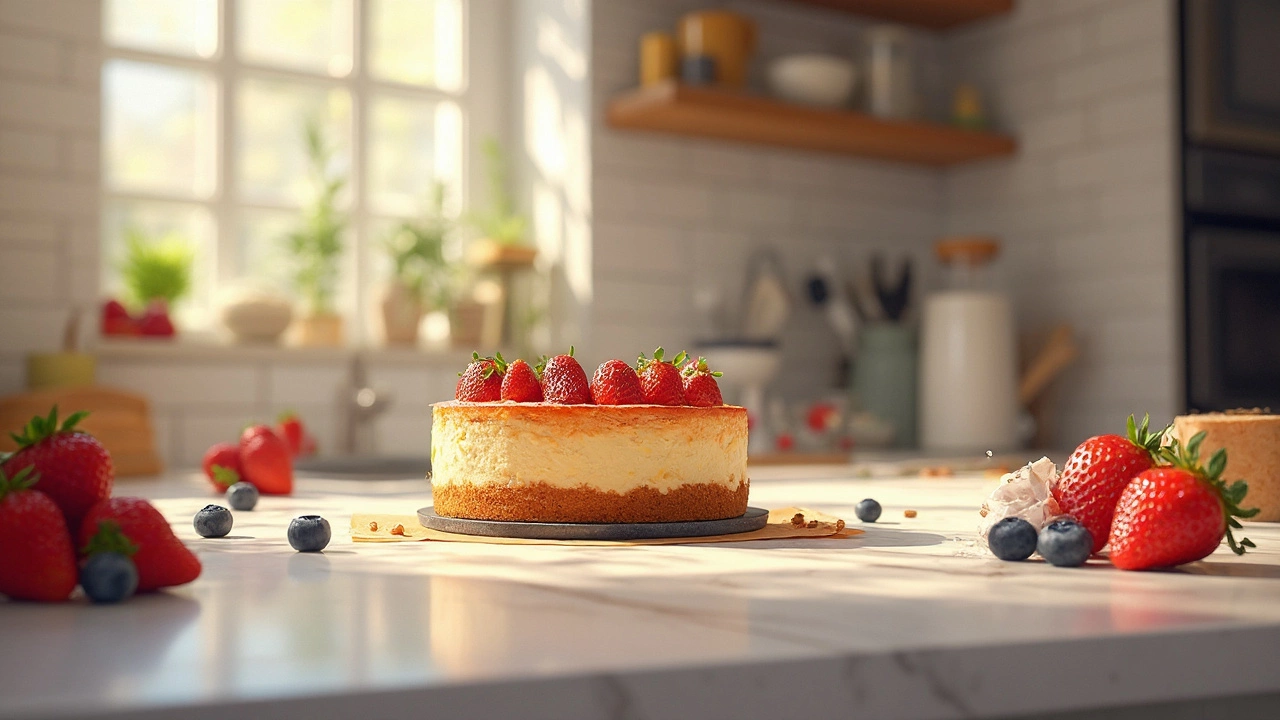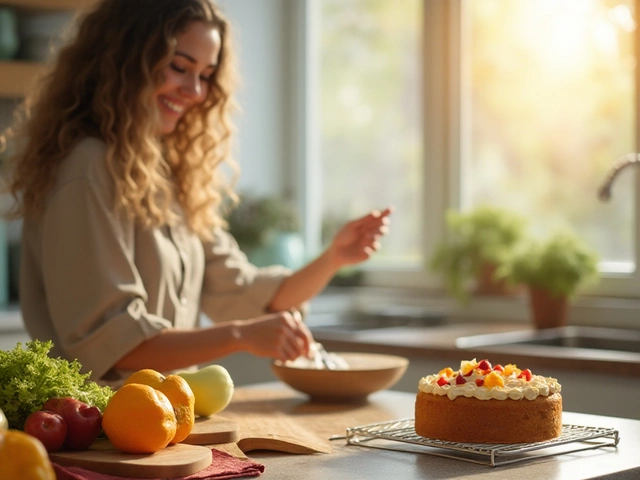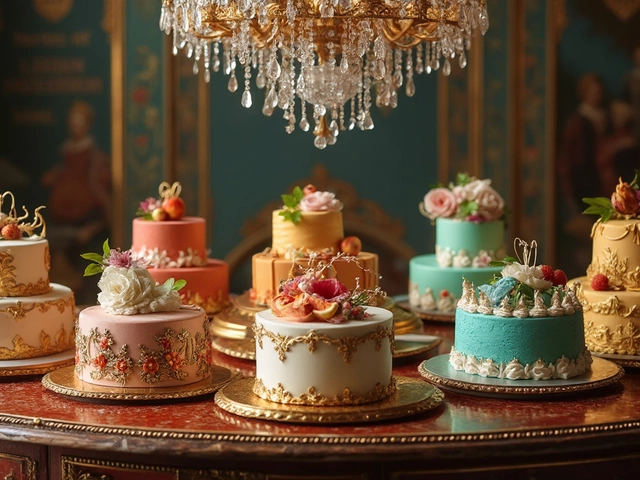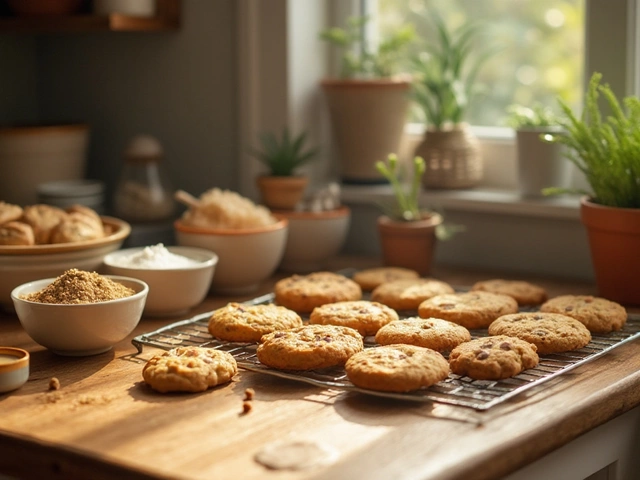How to Nail a Classic Cheesecake Every Time
If you’ve ever wanted a cheesecake that tastes like it came from a bakery, you’re in the right place. A classic cheesecake is all about a smooth filling, a buttery crust, and a bake that doesn’t crack. Below you’ll find the basics, a step‑by‑step method, and a few shortcuts for when you need an egg‑less version.
What Makes a Cheesecake Classic?
The classic version sticks to a few core ingredients: cream cheese, sugar, eggs, a touch of vanilla, and a simple graham‑cracker crust. The texture should be dense but still melt in your mouth. The crust provides a crunchy contrast without overpowering the flavor. Keeping the batter smooth and avoiding over‑mixing are two of the biggest tricks.
Step‑by‑Step Guide to a Perfect Classic Cheesecake
1. Prep the pan. Wrap the outside of a 9‑inch springform pan with foil. This stops the water bath from getting into the crust and makes it easier to lift the cake out later.
2. Make the crust. Blend 1½ cups of graham crackers (or digestive biscuits) with ¼ cup melted butter and a tablespoon of sugar. Press the mix evenly into the bottom of the pan. Bake 8‑10 minutes at 350°F (180°C) then cool.
3. Mix the filling. Beat 24 oz (680 g) of room‑temperature cream cheese until smooth. Add 1 cup sugar, then 3 large eggs one at a time, mixing just until combined. Stir in 1 tsp vanilla extract. If you’re going egg‑less, replace each egg with ¼ cup pureed silken tofu or a commercial egg replacer.
4. Bake with a water bath. Place the springform pan in a larger roasting pan and pour hot water halfway up the sides. This gentle, moist heat prevents cracks. Bake at 325°F (160°C) for about 45‑55 minutes. The center should wobble slightly when you shake it.
5. Cool slowly. Turn the oven off, crack the door, and let the cheesecake sit for an hour. Then chill it in the fridge for at least 4 hours or overnight. Patience here makes the texture silky.
6. Finish and serve. Run a thin knife around the edge before unlocking the springform. Top with fresh berries, a fruit coulis, or simply a dusting of powdered sugar.
Now you have a classic cheesecake that’s ready for any occasion. The steps might look long, but each one solves a common problem – cracks, soggy crust, or grainy texture. If you ever end up with a cracked top, just cover it with whipped cream or a fruit glaze; the taste stays great.
One quick tip: If you’re in a hurry, you can skip the water bath and bake at a lower temperature (295°F/145°C). The cheesecakes might brown a bit more, but they’ll still be smooth.
Another favorite variation is a chocolate swirl. Melt 2 oz dark chocolate, drizzle it into the batter, and use a knife to swirl. The flavor stays classic while adding a rich twist.
Whether you’re making a traditional version or an egg‑less swap, the key is keeping the batter smooth, the oven gentle, and the cooling slow. Follow these basics, and you’ll have a cheesecake that earns compliments every time you slice it.

Most Popular Cheesecake: The Ultimate Guide to Crowd Favorites
Wondering which cheesecake flavor wins the popularity contest? This guide uncovers the most beloved cheesecake, explains why it has such a devoted following, and walks through its signature recipe. You’ll get handy tips to make it at home, fun facts that’ll surprise your guests, and a run-down of popular twists you can try. Discover what makes a cheesecake truly unforgettable and how to recreate that magic in your own kitchen.
View More



